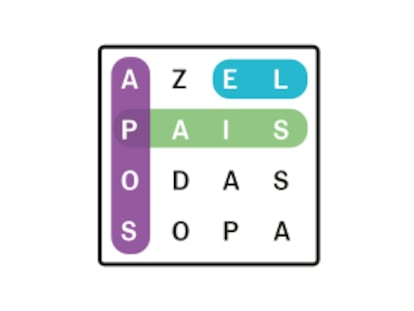Fight or flight? Conflicts as drivers of innovation
"If you're waiting for the wind to fill your sails, don't get in a huff when it shows up"
These words from the Austrian author and actor Helmut Qualtinger drive to the heart of a simple but often neglected problem: innovations shake up the status quo, which is precisely why we often have trouble dealing with them. In innovation processes, resistance and difficulties are not the exception but rather the rule. This fact takes on particular importance when we consider that knowledge rapidly becomes obsolete in our globalized world, and that product and process lifecycles are becoming ever shorter under increasing cost pressures and competition. Now, more than ever, those who hope to survive in science and business must implement innovative ideas quickly.
It should come as no surprise, then, that conflicts are typically seen as nothing more than time-consuming distractions that compromise efficiency. And in fact, this point of view is not altogether unjustified, since studies have repeatedly shown that alongside technical problems and financial obstacles, conflicts are an often-underestimated stumbling block for innovation. How can we resolve this dilemma?
Funded by the Volkswagen Foundation, our team from the Humboldt University of Berlin tried to answer this question with a field study about R&D projects in nanotechnology, a domain marked by a particularly large number of radical innovations. We began by interviewing researchers and developers in the workplace, and sent questionnaires to participants throughout Germany.
It was evident from the outset that conflicts were par for the course in all innovation efforts, and occasionally became so intense as to threaten entire projects. However it also became clear that conflicts are drivers for new ideas. Although evidence for this fact has long been available, its implications for innovation management have largely been overlooked. Furthermore, our study shows that conflicts have an important regulatory function in the innovation process, as they often expose contradictions or mistakes.
But how to gain the benefits without the costs? In our next step we analyzed the relation between different modes of conflict handling and success. Thus, we found that innovation projects enjoyed significantly higher success rates when conflicts were resolved through the cooperative and solution-oriented engagement of all participants. A simple explanation for this was uncovered when we took a closer look at the causal relationships. Engagement with diverging opinions facilitates the acquisition of new knowledge and augments the capacity to act, i.e. the ability to move a project forward. Both of these are indispensible for the success of complex innovation projects.
In contrast, attempts to completely avoid conflict or to rapidly squelch dissent through the assertion of power necessarily result in one-sided, inadequate solutions. As a consequence, conflicts are likely to escalate further, making a productive outcome more remote. This pattern can become a vicious circle, leading to a sense of "learned helplessness" and passivity, which then increases dependency upon individual holders of power. In this way, a dynamic ensues that is poisonous to any kind of innovation project. Thus, when conflicts arise, one should be especially mindful of the guiding principle: "As we don't have a lot of time, we'll have to take our time." Nevertheless, we have repeatedly encountered skepticism about the practicability of this advice. Collaborative problem solving certainly sounds nice, we often hear, but decisions have to be made quickly and nobody can afford endless debates. Yet our study demonstrates that solutions reached collaboratively are not only qualitatively better but are actually more efficient, so that despite the difficulties, it becomes easier to adhere to the original schedule and budget. Consequently, successful innovation management always entails the productive management of conflict.
In our study, we saw potential for improving conflict management both in large enterprises and at small start-ups. While large enterprises tend to create unnecessary conflict escalation due to bureaucratic decision-making processes and competition for positions of power, small start-ups often feel under such intense financial pressure that they seek to sidestep any problems that arise. In academic institutions, by contrast, professional debate is an accepted part of the process and is seen as an opportunity for improving one's own work. Precisely because business companies need to focus upon commercial success, they could learn from this approach.
If one were to distill the findings of our study into a single maxim, it would be this: Don't shy away from conflict. For clearly, conflict is a valuable source of information, shedding light on the experiences, viewpoints, and ideas hidden just beyond our own horizons.







































































